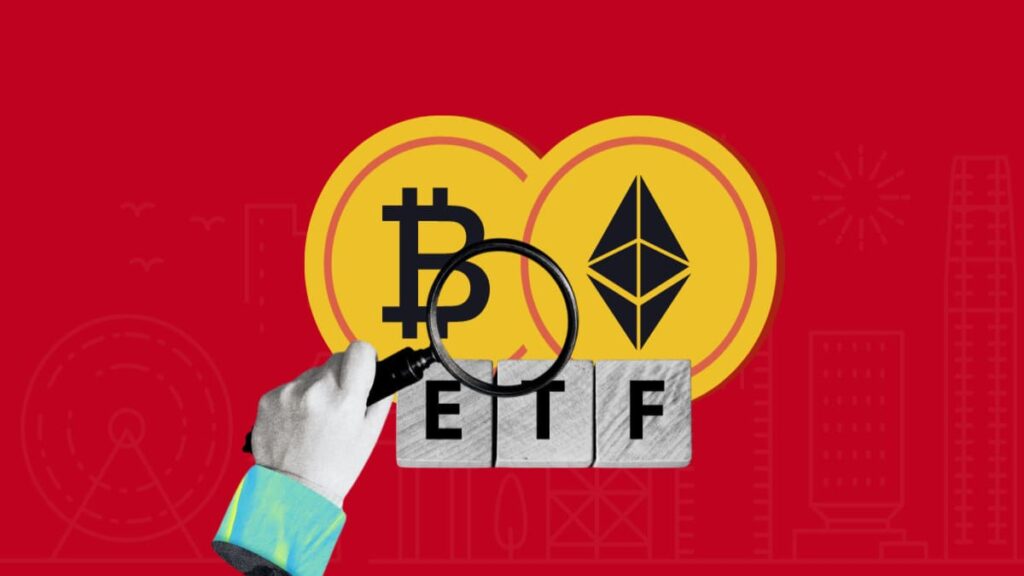TL;DR
- The inclusion of staking in Ethereum ETFs would be a turning point in the integration of cryptocurrencies with traditional finance.
- This model could redefine the concept of passive income within both the crypto and financial markets.
- However, regulatory and philosophical questions arise about the nature of staking and its compatibility with the structure of a traditional ETF.
Since their launch, spot Bitcoin ETFs have gained a strong reputation in financial markets. However, attention is now shifting toward Ethereum and the possibility of incorporating staking mechanisms into exchange-traded products. This could mark a structural shift in how crypto assets are perceived and integrated into the traditional financial system.
Staking as a Bridge Between Markets
Staking, at its core, allows validators to participate in securing the network and receive compensation in return. This native function of the proof-of-stake model has turned Ethereum into a source of passive income for many users, with yields fluctuating based on network participation and transaction fee revenue. Integrating this logic into an ETF would open the door to an asset class valued not only for its market price but also for its ability to generate native returns.
Traditional ETFs replicate the value of an underlying asset but rarely incorporate active participation features in decentralized networks. The inclusion of staking, therefore, breaks from this logic and raises a central question: to what extent can a regulated financial product actively participate in the governance or validation of a blockchain network without compromising its legal status or market neutrality?
The Risk of Redefining the Essence of ETFs
If an Ethereum ETF with staking is approved, the product would no longer be a mere passive replica of the underlying asset’s price. It would gain a dynamic dimension, as the rewards generated could be accumulated, reinvested, or distributed as yield to ETF holders. This would generate unprecedented appeal for institutional investors, who would be interested not only in price exposure but also in receiving periodic returns.
However, from a regulatory standpoint, participating in staking implies active involvement in a network that, by design, lacks a central counterparty and does not guarantee any income stream. For the SEC and other agencies, this could entail a reevaluation of the product’s legal nature, especially if staking rewards are considered income or if they change the ETF’s classification.
A New Chapter for Ethereum?
Beyond the technical and regulatory aspects, the inclusion of staking in ETFs could be a transformative shift for Ethereum. It would no longer be seen solely as a platform for smart contracts or a programmable blockchain. Ethereum would begin to position itself as an infrastructure capable of generating native yield—something closer to a productive asset than a mere store of value.
This could have significant implications for institutional adoption, especially when staking yields are compared to traditional assets like sovereign bonds. In an environment marked by unstable interest rates and a constant search for yield, the possibility of combining crypto exposure with active returns within a regulated framework could prove too attractive to ignore.
Conclusion
The integration of staking in Ethereum ETFs not only represents an improvement in the structure of these products but also a redefinition of the role of cryptocurrencies within the traditional financial system. While regulatory implications still need to be addressed, the potential to offer yields within a legally accepted framework could mark a turning point for the industry.













